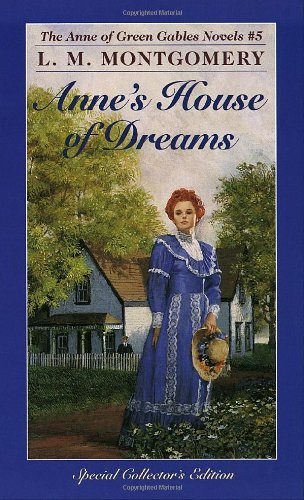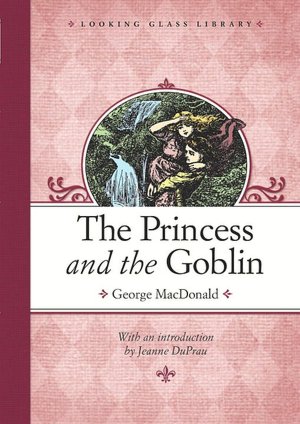I don't know too much about Stephen King besides the fact that his books make really scary movies. I've seen "the Shining" (on TV, of course) when we were staying about a mile from the Stanley Hotel and it was CREEPY. Not to mention we toured the hotel the next day. But other than that, I've only read one of his books. And I don't plan on reading a whole lot more!
But when I saw the preview for this being turned into a show on Hulu I thought I'd check it out. And King is the master of creating dread. He didn't even write anything too horrific, but I found myself being very jumpy reading it at night. It's the best kind of scared (when your husband is home).
Anyway, the story is about a high school English teacher in 2011 who also teaches GED classes. He reads one of his student's essays about how his father murdered his whole family with a sledgehammer and left him with a limp and brain damage, and he starts thinking about how life can change on a dime. At the same time, one of his friends, Al, turns up extremely sick within a day and tells Jake (main character) about a secret he has. Turns out the back of his diner is a portal to 11:58 AM on September 19, 1958. Every time. And when you come back only 2 minutes have passed in 2011, no matter how long you have been here. Jake realizes he can save his student's family from being killed, as Al says he wants him to live in 1958 and save Kennedy from assassination. Al believes this will stop RFK's assassination, which will prevent Martin Luther King's assassination, which will prevent the Vietnam War. The trick is that if he was successful, he could come back to 2011 but if he ever returned BACK to 1958 then he will reset what he has done. Al then dies from his lung cancer (that he developed in 1958-1963), and Jake decides to finish his mission. He takes on a new identity and Al's 1958 money and heads out. He moves to Derry Maine, then to Florida, then to New Orleans, then to Jodie Texas (outside of Dallas). He finds a community there that he can get involved in, and even falls in love. Meanwhile he is following Oswald using Al's notes, and winning money based on bets from sporting events (since he can't work too much without real credentials). At the same time, he is learning that perhaps each trip down the "rabbit hole" to 1958 isn't a TOTAL reset. He would see eerie coincidences between the towns he stayed in and the past and present, which will send chills up your spine.
The concept of the story circles around the "butterfly effect", where if a butterfly flaps its wings on one side of the world a hurricane happens on the other. You just don't know what reactions your actions will have. I won't say if he is successful in preventing Kennedy's assassination (because that's a huge suspense point in the book), but I will say that he learns about the consequences his actions take.









